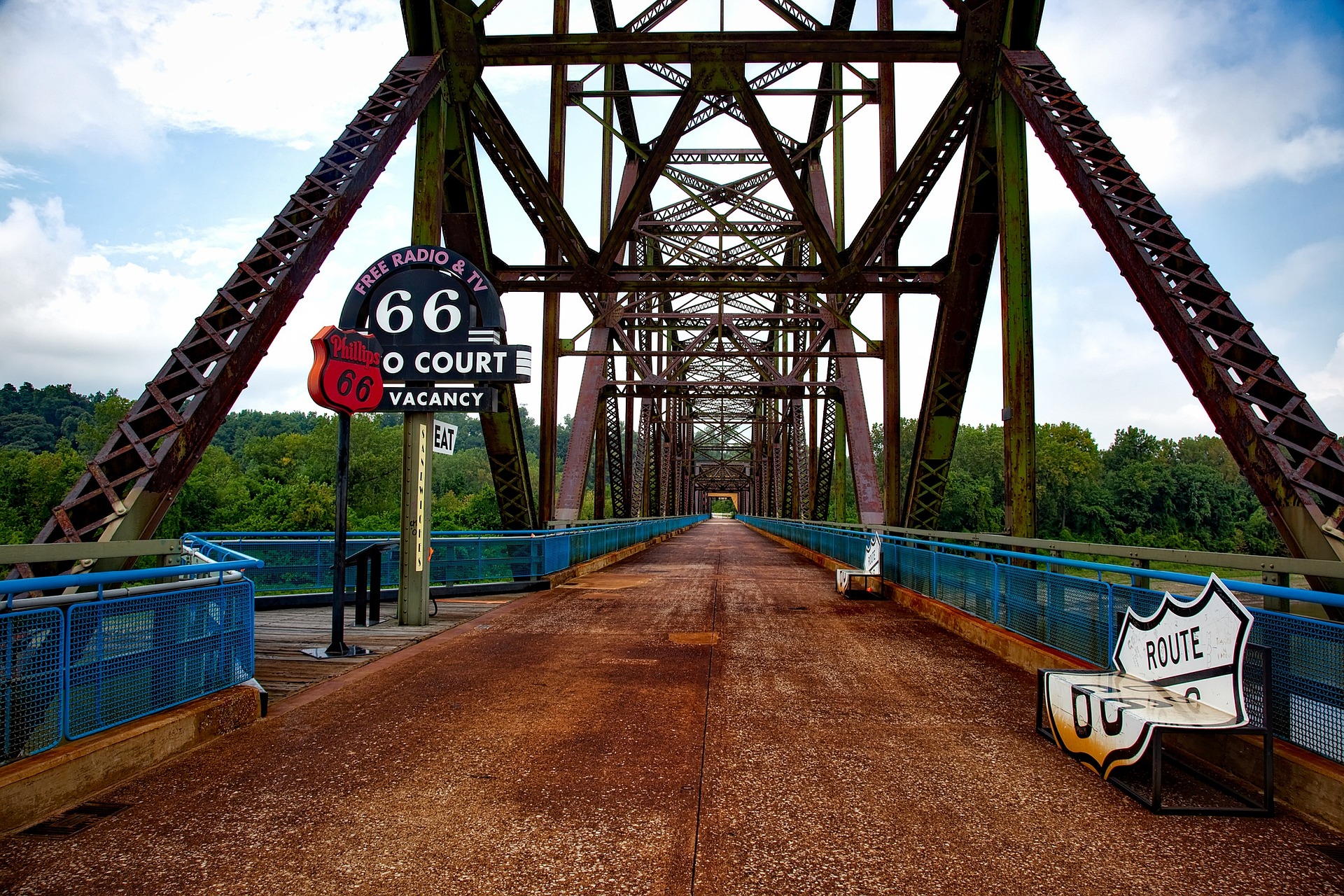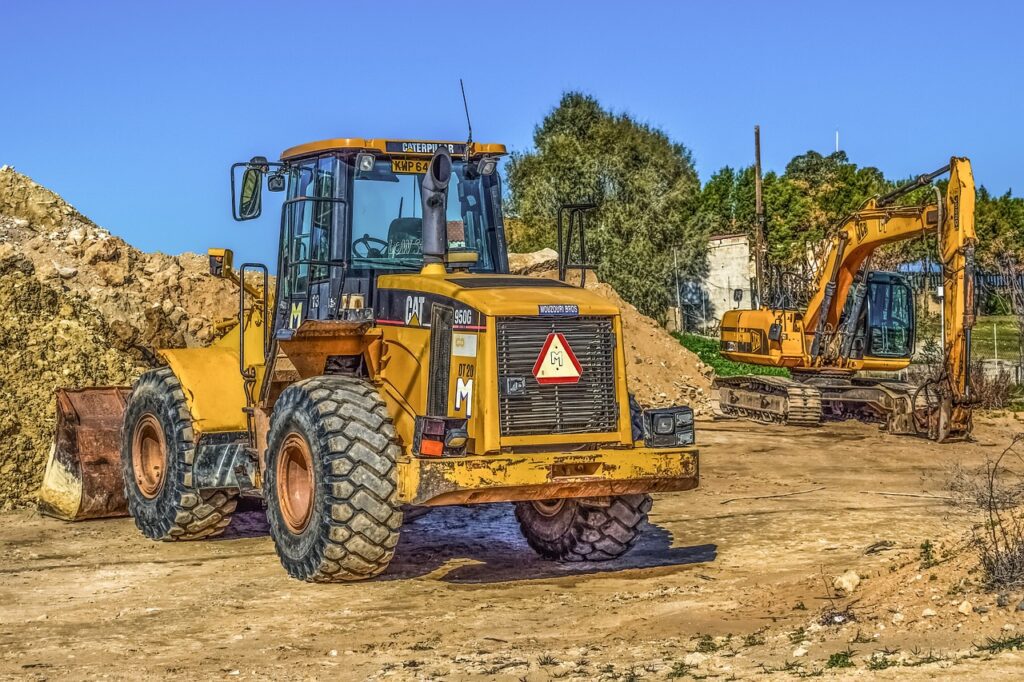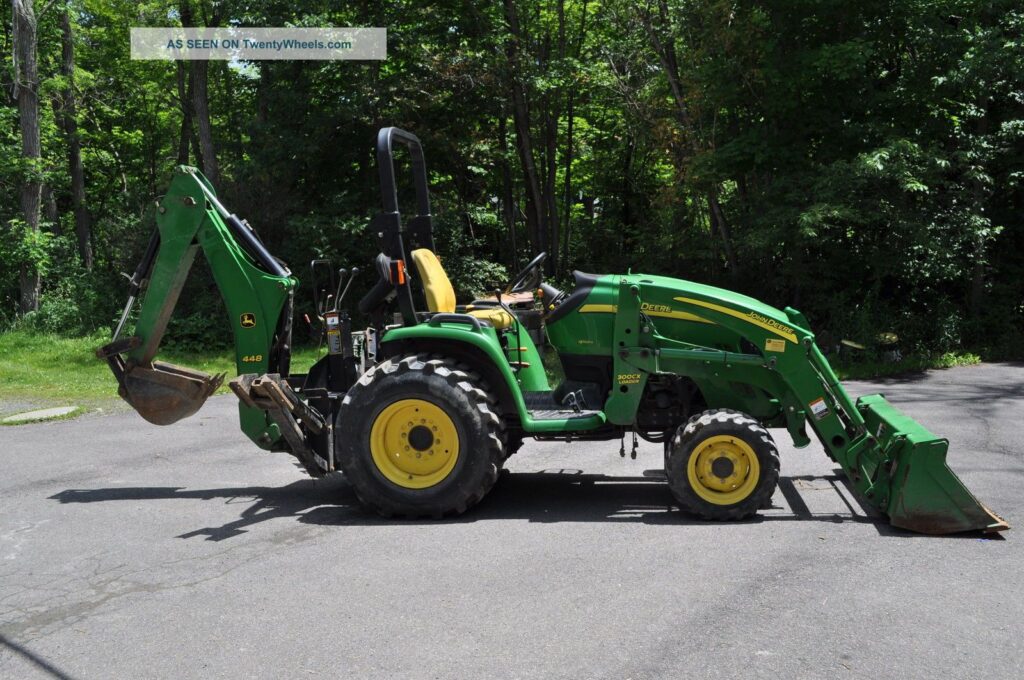
Heavy Equipment Transport Missouri and Shipping
We provide Heavy Equipment Transport Missouri services in and to Missouri!
Heavy equipment, trailers, power only, driveaway services, boats, cars, SUVs, trucks… call today!
Logi Transports: Pioneering Heavy Equipment Transport Missouri
In the heart of America, where the landscape is as diverse as its industries, Logi Transports has established itself as a titan in the Heavy Equipment Transport Missouri sector, particularly in Missouri. Here’s an in-depth look at how Logi Transports is navigating the logistical challenges of moving heavy machinery across this central U.S. state.
The Scope of Operations
Logi Transports specializes in the transportation of heavy equipment, which includes everything from farm machinery, construction equipment, to oversized loads like wind turbine components. Their fleet, equipped with RGN (Removable Gooseneck), Step Deck, and Gooseneck trailers, among others, is designed to handle weights up to 40,000 lbs without needing special permits, showcasing their capability to manage a wide array of freight sizes and weights.
Strategic Routes and Challenges
Missouri’s transportation network, with its major interstates like I-70, I-55, and I-44, provides Logi Transports with the backbone for their operations. However, the state’s varied terrain and weather conditions pose unique challenges:
- Urban Navigation: Moving through cities like Kansas City or St. Louis requires meticulous planning due to traffic, bridge heights, and urban congestion. Logi Transports employs advanced route planning to ensure minimal disruption.
- Rural Routes: The less traveled roads of rural Missouri might lack the infrastructure for heavy loads, necessitating careful route selection to avoid low bridges, narrow passages, or weight-restricted roads.
- Weather Considerations: Missouri’s weather can be unpredictable, with severe storms, ice, and snow affecting transport schedules. Logi Transports uses real-time weather data to plan and adjust routes accordingly.


Technological Integration
Logi Transports leverages technology for:
- GPS Tracking: Ensuring real-time monitoring of shipments for safety and efficiency.
- Route Optimization Software: To calculate the most efficient paths, considering load dimensions, road restrictions, and traffic.
- Permit Management: Automating the process of obtaining necessary oversize load permits, which is crucial for timely deliveries.
Community and Environmental Impact
The movement of heavy equipment isn’t just about logistics; it’s about community engagement:
- Local Engagement: Logi Transports works closely with local authorities to ensure that transport operations are conducted with minimal impact on local communities.
- Environmental Considerations: By optimizing routes, they reduce fuel consumption, which in turn lowers emissions, aligning with broader environmental goals.
Customer Service and Reliability
Logi Transports prides itself on:
- Personalized Service: Each client receives a dedicated logistics agent from the initial quote to the final delivery, ensuring personalized attention to their specific needs.
- Safety and Insurance: Their operations are fully insured, providing peace of mind for clients about the safety of their cargo.
Conclusion
Logi Transports’ operations in Missouri exemplify how modern logistics companies adapt to regional challenges while maintaining high standards of service. Their commitment to technology, community, and environmental responsibility not only sets them apart but also ensures they remain at the forefront of heavy equipment transport in the Midwest. Whether it’s moving a JLG40 Electric Boom Lift or a Caterpillar D9G crawler tractor, Logi Transports navigates the complexities of Missouri’s landscape with expertise, ensuring that heavy equipment reaches its destination safely and efficiently.
Missouri Oversize Permits
MISSOURI OVERSIZE PERMITS INFORMATION
Important!
We are not a permit service. We do not arrange permits for carriers. The following is for informational purposes only. We also do not answer permit and escort requirements. Always read your permits and provisions sheets carefully. We cannot guarantee the accuracy of the information provided.
Missouri DOT Ph#: 888-275-6636
PERMITS: Missouri oversize permits are valid for seven days. Must have permit prior to entering the state.
OPERATING TIME: One-half hour before sunrise to one-half hour after sunset, including Saturday and Sunday, except that loads over 14′ wide will not be allowed weekend travel. Travel times are more limited in metropolitan and tourist areas (see Restricted Travel section below). Overweight only up to 112,000 pounds gross with legal size may travel 24 hours except metro and tourist areas.
RESTRICTED TRAVEL:
No travel on major Holidays, and from noon the day before these holidays or holiday weekends. No weekdays from 6:30 am to 9:00 am and 3:30 pm to 6:30 pm, in St. Louis city and county (except for route 370), St. Charles County on I-70, route 94 and route 40/61 and , and Jefferson County on I-55 and on routes 21, 30, 141 and 61/67. And no travel from 7:00 am to 9:00 am and 4:00 pm – 6:00 pm in the Kansas City area on routes 150, 291, I-470, 291, 152 west to I-435 and inside the area bounded these routes, and inside the city limits of Springfield except on I-44 and Route 65. These metro area curfews do not apply to loads that are overweight only. No permit movement is allowed on Mississippi River bridges in St. Louis on I-70, I-55, I-64 and on route 60/62 to Cairo, IL.
During the tourist season, Saturday and Sunday travel are not allowed on routes in Lake of the Ozarks and Branson (within 10 miles of Branson), with the exception of route 65 in Branson area. Tourist season means June 1 through Labor Day at Lake of the Ozarks and through October 31st in Branson area. These curfews are listed in more detail in part 9 of the MO Permit Regulations Booklet, which is available to drivers and should be carried if you do O/D loads in Missouri.
LEGAL DIMENSIONS
Length:
- 53′ semi-trailer and load (including rear overhang) on Interstate and designated highways
- 60′ when more than 10 air miles from designated system
Width:
- 8′-6″ on Interstate, designated highways
- 8′ on other roads
Height:
- 14′ on designated highways
- 13′-6″ on other roads
Note: Over height must be on drop-deck trailer to be permitted.
Weight: 80,000 Gross
- Single – 20,000 (22,000 on secondary)
- Tandem – 34,000 (36,000 on secondary)
- Tridem – 34,000 (8′ of spacing); 42,500 (9′ of spacings)
Note: Missouri will not give a permit for legal gross weight, but overweight on an axle group.
ROUTINE PERMIT LIMITS
Length: 150′
Width: 16′
Height: 16′ (15′-7″ maximum on some routes)
Weight:
- 5 axles – 104,000
- 6 axles – 120,000
- 7 axles (1-3-3) – 130,000
- Single – 20,000
- Tandem – 46,000 (40,000 on a 10′ spread)
- Tridem – 60,000
- Quad – 72,000
Note: A 1-2-2-1 (tandem drive tractor, tandem trailer and booster) combination is not permitted in Missouri. You must have a Tridem drive tractor to use a tandem trailer and a booster.
Loads exceeding these dimensions or gross weight over 160,000 pounds are considered as Super Loads.
ESCORTS
Length: Over 90′ – one escort on all highways except divided highways
Width:
- Over 12′-4″ – one escort (two escorts off designated highway system)
- Over 14′ – one escort on Interstate and divided highways
- two escorts required on two-lane and undivided highways
Height:
- Over 15′-6″ on two-lane & undivided
- Over 15-6″ divided highways – route survey and one escort with high pole. Utility bucket truck may be required to lift wires.
MISCELLANEOUS: If trailer is stretched, Missouri wants to know how much used and unused space is in well, and on front and rear decks.
SIGNS, FLAGS & LIGHTS: “Oversize Load” signs are required on front and rear of the load vehicle when width exceeds 10′-6″, and on the rear of the load when overall length exceeds 90′. Flags are required at the extreme ends or projections of all overwidth and overlength loads.

